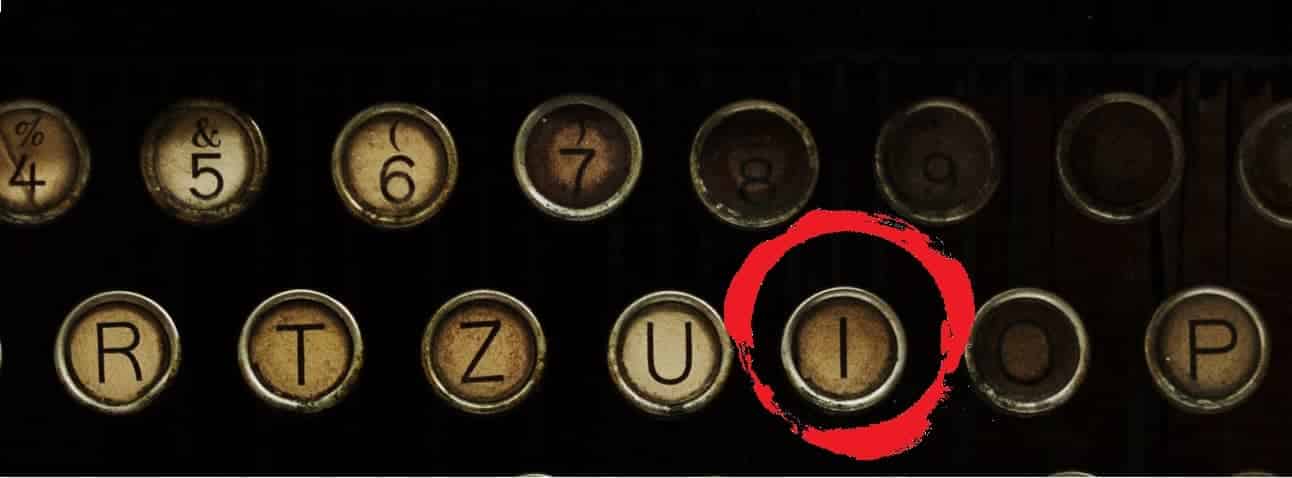In this Accessiblog post, we’ll talk about the reason the letter I was chosen as the first key introduced after the home row in Typio’s Progress Mode.

The Purpose of Progress
The primary mode in Typio is Progress Mode, where users are introduced to each new key before completing a lesson focusing on that same new key. In addition to gaining instruction on how to find the key, students are given an opportunity to explore the keyboard and prove they have found the new key. Once they’ve demonstrated they know where they key is located, they move on to the lesson.
The first two lessons focus on the home row keys of ASDF and JKL;. The third lesson is a review of the entire home row. From there, each subsequent lesson introduces a new key. The order in which Typio introduces new keys is actually very unique!
How Others Do It
Most typing programs introduce the letters H and G immiediately after the homerow keys are learned. Sure, that completes the letters in the middle row of the keyboard, but it’s actually an awkward finger movement for new typists and those letters, being consonants, don’t open up many new words to be typed. Let’s face it, there’s only so many times we can type “dad had a salad” before we lose our minds.
How Typio Does It
The order in which Typio introduces keys is based around the new key’s proxmity to the home row, reliance on a strong finger and ability for that key to broaden the spectrum of words the user can type. As such, the letter I is the first non-homerow key to be introduced. But why..?
- Variety! A ton of new words can be crafted by introducing the letter I. Lid, said, fill–the list goes on.
- Comfort and ease! The middle finger of the right hand typically has a very easy reach. That finger is longer than the others, so moving it upwards isn’t too difficult.
- Anchoring! The fingers beside it don’t move, so the user never loses their hand placement on the home row.
Go ahead, take a minute to place your own hand on the home row and move your right middle finger from the K to the I a few times. What a graceful movement! Feels right for the first new key, doesn’t it?
So there you have it. The reason for the letter I being the first letter introduced after the home row. Happy typing, folks!
